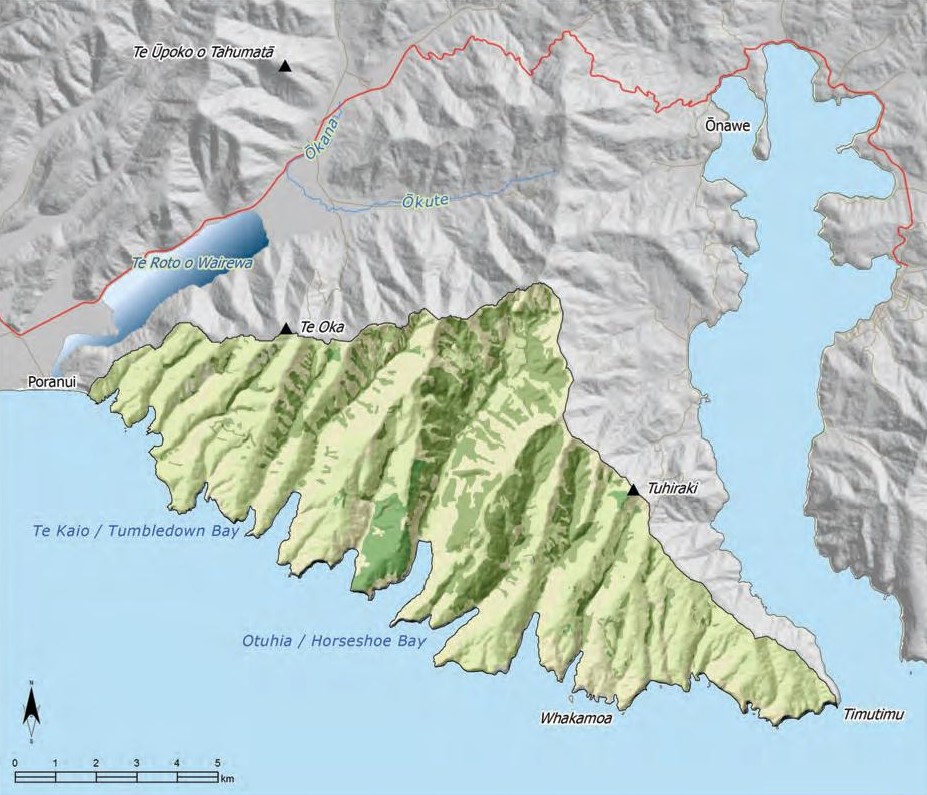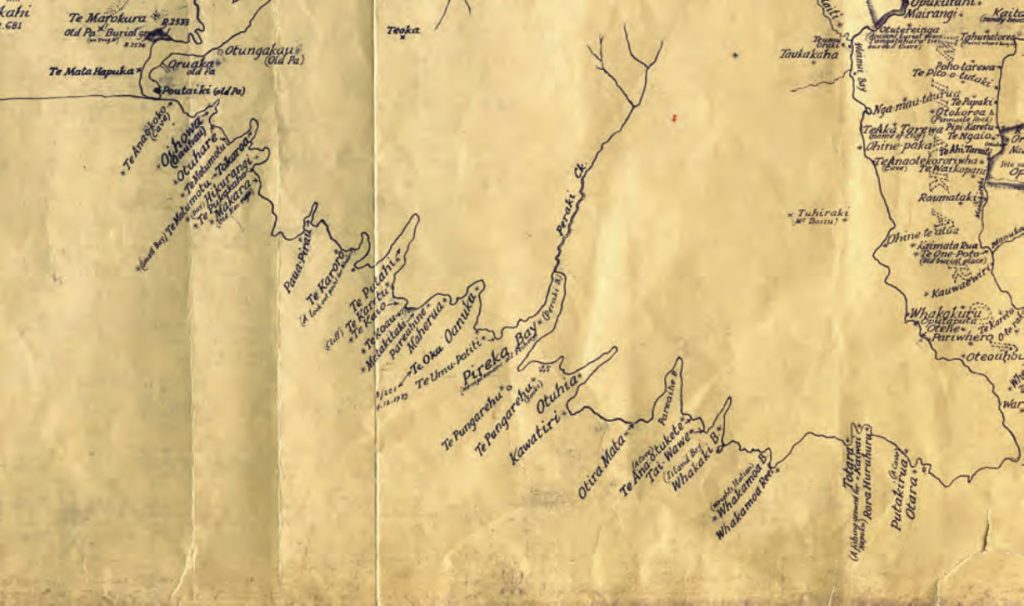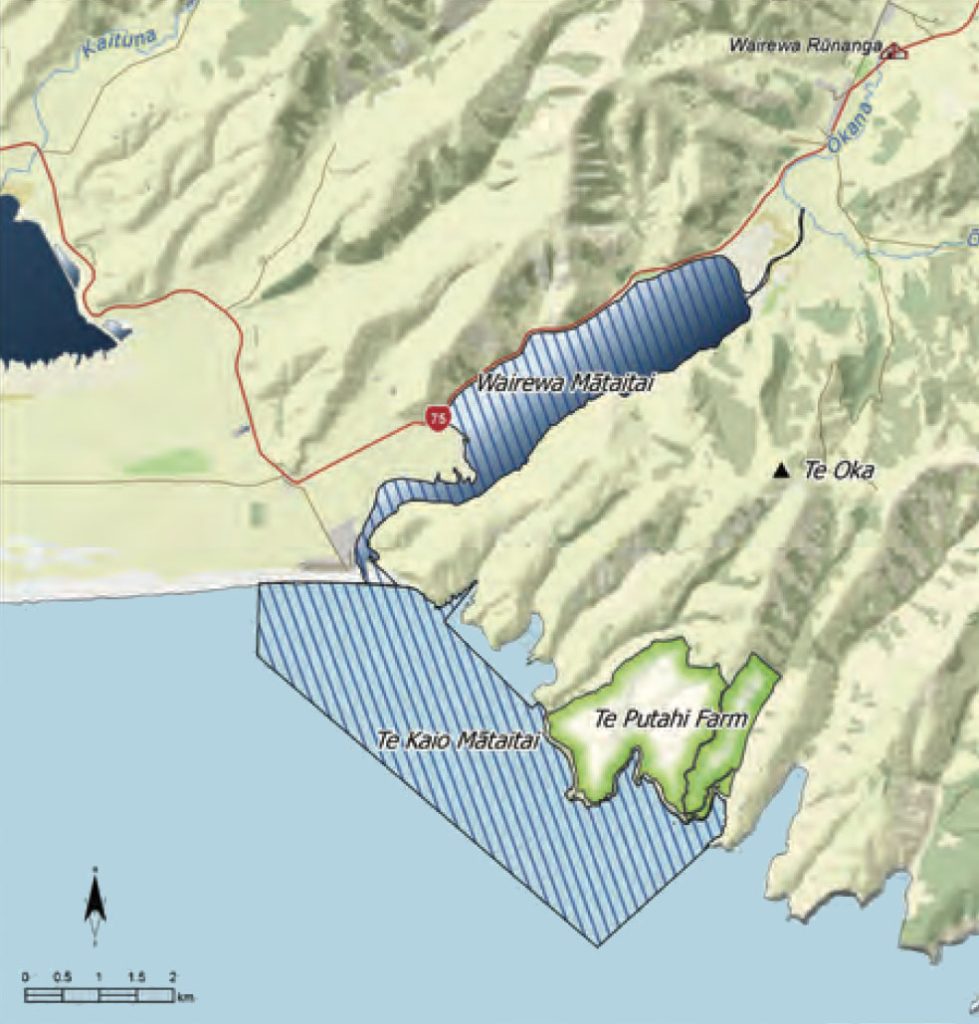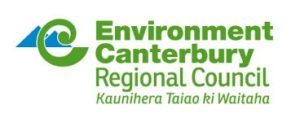6.9 Poranui ki Timutimu [PT]
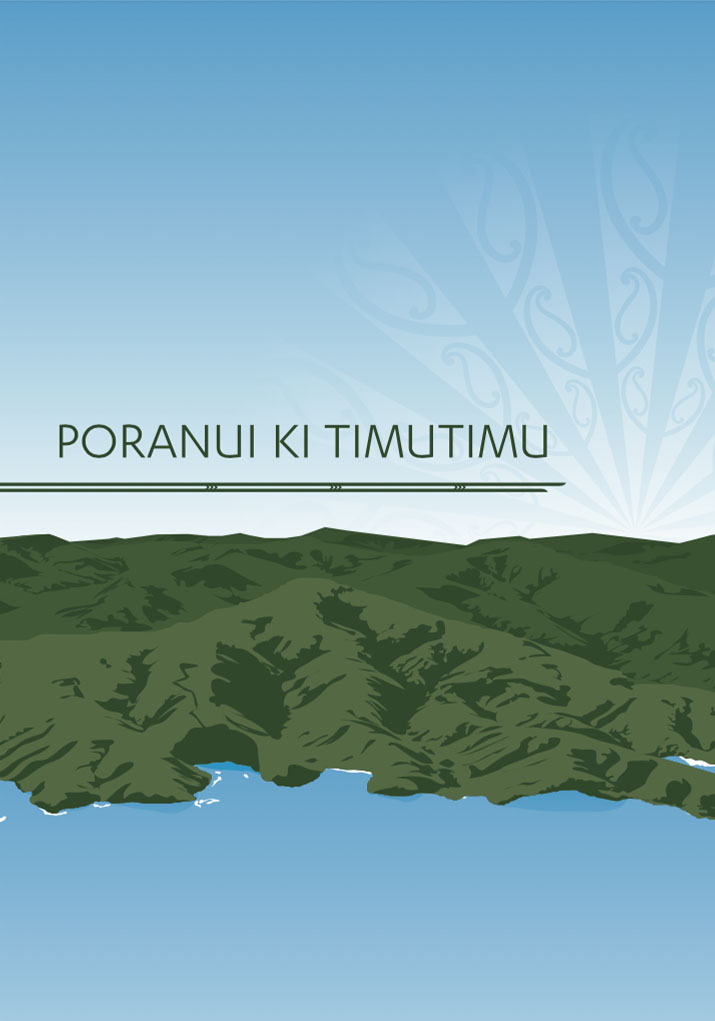
This section addresses issues of particular significance from Poranui to Timutimu, encompassing the whole of the southern bays between Akaroa Harbour and Kaitōrete Spit (Map 19). It is characterised by numerous small narrow catchments extending Ki Uta Ki Tai, from hill to sea.
As with other coastal areas of Te Pātaka o Rākaihautū, the southern bays are a rich cultural landscape with a long history of Ngāi Tahu land use and occupancy. Some of the earliest Māori occupation on Te Pātaka o Rākaihautū was in the southern bays. Evidence of ancient settlements, fishing grounds, birding sites and urupā remain on the physical landscape and in oral traditions today.
Two significant features on the contemporary cultural landscape are Te Putahi Farm and the Te Kaio Mātaitai reserve. These places are part of the long term vision of the tāngata whenua to establish a Mahinga kai Cultural Park in the takiwā, restoring the traditional fisheries that the area was once famous for, and creating contemporary mahinga kai opportunities including the production of organic beef, lamb and vegetables.

